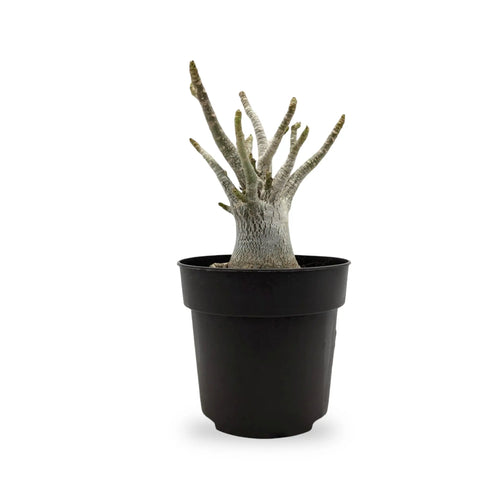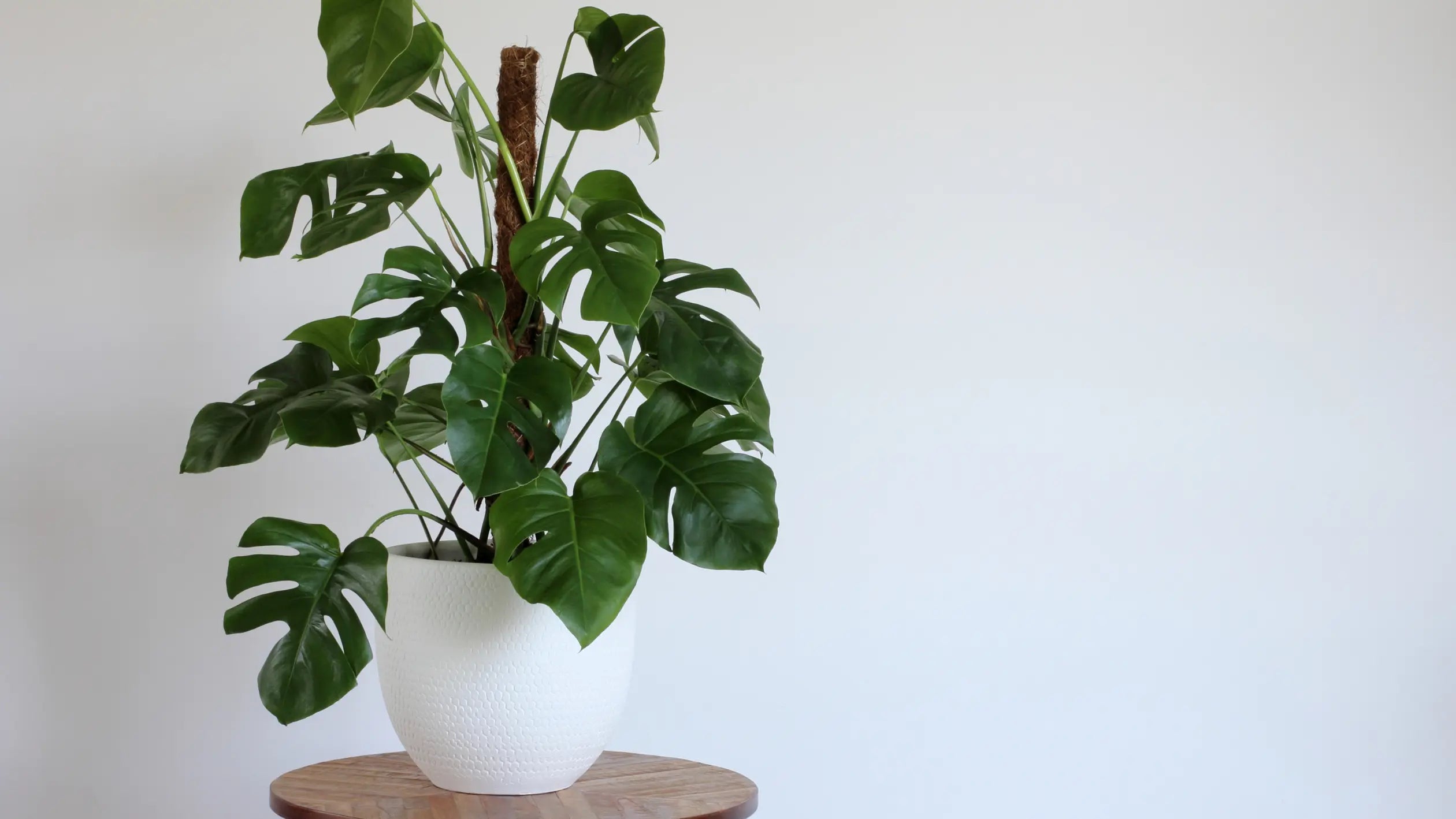Welcome to our comprehensive handbook on the Swiss Cheese Plant (Monstera Deliciosa). This attractive plant has become popular with both veteran plant enthusiasts and newcomers due to its stunning appearance and easy upkeep requirements. If its lush green leaves with their intricate patterns have entranced you, look no further! In this guide, we'll uncover all its secrets - from uncovering its source materials through propagation techniques and essential care strategies to making this remarkable botanical beauty accessible.
Get ready for an incredible journey into the fascinating world of Monstera Deliciosa and learn to cultivate and appreciate this beautiful plant in your own home!
Origin and Background:
Monstera Deliciosa can be found throughout Mexico and Central America's lush tropical forests, where its flowers make for stunningly vibrant displays in tropical environments. A member of the Araceae botanical family known for its wide array of species. It derives its name, "Monstera," from the Latin "monstrum," conjuring images of monstrosity due to its large stature as well as whimsical labyrinthine patterns on the broad leaves of this specimen.
These leaves, distinguished by their quirky irregular fenestrations and inviting appearance, have given rise to this plant being affectionately called the Swiss Cheese Plant - its holey surface recalling familiar cheese products!
Description and Features:
Monstera Deliciosa can be identified by its large, glossy heart-shaped leaves that feature distinct splits and holes as they mature, creating unique leaf perforations known as fenestrations that not only look aesthetically pleasing but also serve a practical function within its native habitat of rainforests by allowing sunlight through.
Monstera cheese plants boast impressive foliage but may also produce edible fruit known as cerimans or Mexican breadfruit, though fruit production in indoor settings requires specific environmental conditions for success.
Care and Maintenance:
Providing the optimal growing conditions is essential for the health and vitality of your Monstera Deliciosa. Here are some key care tips:
- Light: For optimal success with Swiss Cheese Plants, aim for bright indirect sunlight with no direct exposure; direct sun can scorch its leaves; however, too little light could result in leggy growth with limited fenestration and blooming potential.
- Watering: For optimal soil texture, allow an inch or two of topsoil to dry between watering sessions so as to maintain an even but nonwaterlogged texture; excess moisture could otherwise lead to root rot in plants and damage their root systems.
- Humidity: Monstera Deliciosa thrives best when exposed to higher humidity levels similar to its native habitat, such as misting its leaves regularly or placing them on a pebble tray filled with water. To increase humidity levels further, mist its leaves regularly or place them on a pebble tray filled with pebbles filled with water.
- Temperature: The ideal environment for growing plants should range between 65degF and 85degF to provide your plant with sufficient nourishment and growth potential. Do not expose it to drafty areas or sudden temperature variations, as these could compromise its success.
- Fertilization: Fertilize your Swiss Cheese Plant every 2-4 weeks during its growing period, but reduce this frequency in dormant seasons such as fall and winter.
Propagation:
Monstera Deliciosa propagation offers an ideal way to expand your plant collection while sharing its joy with others. This process is relatively straightforward, and stem cuttings may be utilized. Here is an in-depth, step-by-step guide that can assist with propagating the Monstera cheese plant:
- Select a Cutting: Begin by selecting a healthy stem on your parent plant that contains at least one node (where leaves emerge from) and an aerial root, as this indicates potential new growth. Nodes provide vital connections for new roots to form.
- Cutting: Use a sharp, sterilized knife or scissors to carefully slice through the stem just below any nodes on it, taking care not to introduce pathogens into your cutting tool.
- Preparing Cuttings for Rooting: Place your cutting in either water, jars of water or containers filled with moist potting mix, ensuring its node remains submerged or in contact with soil for maximum root development. This should promote success!
- Providing Optimal Conditions: Set the cutting in a warm and humid environment with indirect sunlight. You can cover the container with a plastic bag or place it in a propagator to maintain humidity levels.
- Root Development: Be patient, as roots typically begin to develop within a few weeks. Regular cutting should ensure the soil or water remains moist without becoming waterlogged.
- Transplanting: Once roots have taken hold, usually after several weeks, it is time to transplant your cutting into a pot with well-draining soil and drainage holes for waterlogging protection. Choose one with plenty of room for growth while being sure that drainage holes exist so water won't pool on top.
- Care of a New Plant: Once transplanted, continue caring for it as you would an established Monstera Deliciosa tree or shrub by providing it with indirect light, regular watering sessions and occasional fertilization during its growing season.
Common Pests and Problems:
Monstera Deliciosa is generally resistant. However, it may experience several common issues, including:
- Pests like spider mites, mealybugs and aphids may damage plants; regularly inspect for signs of infestation before applying an effective treatment such as insecticidal soap or neem oil to eliminate it quickly.
- Yellowing or browning leaves may indicate overwatering, underwatering or inadequate light exposure - adjust your care routine as necessary to address this problem.
Conclusion:
As its scientific name, Monstera Deliciosa, suggests, the Swiss Cheese Plant makes for an irresistibly striking addition to any indoor plant collection. Boasting vibrant foliage resembling Swiss Cheese and featuring exotic charm in any setting - plus, its low maintenance requirements make this tropical beauty suitable for both experienced gardeners and novice gardeners.
Monstera Deliciosa plants make stunning additions to any room they grace, from providing indirect sunlight and occasional watering to being placed strategically throughout a living or office space - providing timeless charm in both. When given proper conditions like indirect sunlight and occasional watering, this beautiful specimen will flourish for many years of pleasure! Invest in this botanical gem today, and watch as its beauty brings life and vibrancy into any indoor oasis you create!










